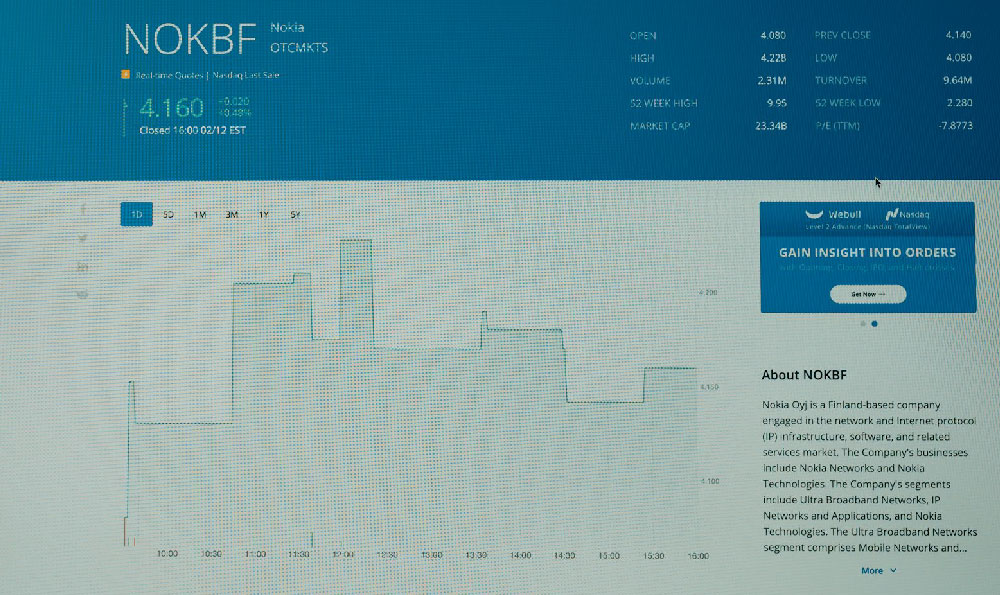eBay is a dynamic marketplace that offers numerous opportunities for individuals to generate income through selling. As of 2023, the platform has evolved with features that make it easier than ever to start and grow a selling business. However, success on eBay requires more than just listing items; it involves strategic planning, continuous learning, and adaptability to meet current consumer demands. By focusing on key elements such as market research, product selection, and effective marketing techniques, sellers can position themselves for profitability in this competitive environment.
One of the first steps in leveraging eBay for quick profits is to develop a deep understanding of the marketplace landscape. This involves analyzing trends, identifying niches with high demand, and studying competitor strategies. Utilizing eBay’s built-in tools, such as the search bar and category insights, can provide valuable data on what items are popular and how much they sell for. Additionally, monitoring search trends through Google Trends or third-party analytics tools can help sellers anticipate shifts in consumer interest and adjust their inventory accordingly. A seller who can stay ahead of these trends is more likely to capitalize on opportunities before they become saturated.
Selecting the right products is equally critical. Products with low production costs and high resale value often yield better returns. For instance, electronics, accessories, and home goods are consistently in demand, but niche items such as vintage collectibles or specialized equipment may offer higher margins. It is also essential to consider the balance between product value and shipping costs. Items that require low-cost shipping but have a higher market price can significantly improve profit margins. Researching supplier networks and negotiating bulk purchase deals can further reduce initial expenses and increase competitiveness.

Once the product selection is finalized, optimizing the listing itself plays a pivotal role in attracting buyers. High-quality images are a non-negotiable element, as they can make or break a potential customer’s decision to purchase. Professional photography or clear, well-lit photos that highlight the product’s features can nurture more clicks and conversions. Product description should be concise yet informative, emphasizing unique selling points such as condition, authenticity, or brand history. Incorporating relevant keywords naturally into the title and description can enhance search visibility, while competitive pricing strategies, such as setting prices below market average or offering discounts, can make listings more appealing.
Marketing efforts on eBay should extend beyond the initial listing. The platform provides various advertising options, including Sponsored Products and Storefront, which can increase visibility and drive traffic to listings. However, these features require careful budgeting to avoid overspending. Collaborating with other sellers to create bundles or offers can also attract customers looking for value. Taking advantage of eBay’s social media integration to share listings on platforms such as Facebook, Instagram, and Twitter can further expand reach. Occasionally, participating in eBay’s sales events, like Black Friday or Cyber Monday, can create a surge in demand and lead to higher sales volumes.
Navigating the financial aspects of eBay selling is another important aspect of maximizing returns. Efficiently managing funds through PayPal or other secure platforms can help avoid fraud and ensure timely transactions. Business credit cards and expense tracking tools offer added convenience, while understanding eBay’s commission structure and other fees can help sellers plan their profits effectively. Utilizing eBay’s marketplace protection policies, such as the Seller Protection program, can provide a safety net in case of disputes or chargebacks. Additionally, considering alternative payment methods, such as bank transfers or third-party platforms, can enhance transaction security.
Building a loyal customer base is equally crucial for long-term success on eBay. Providing excellent customer service through prompt communication and hassle-free return policies can encourage repeat business and generate positive reviews. Engaging with customers through personalized messages or feedback responses can create a sense of community and improve brand reputation. Offering limited-time promotions or loyalty rewards, such as discounts on future purchases, can also incentivize buyers to return. Furthermore, leveraging eBay’s auto-rebuy feature or creating a subscription-based model for certain products can increase customer retention and generate consistent revenue.
Staying updated with eBay’s policies and platform changes is a fundamental aspect of maintaining a successful business. Regularly reviewing eBay’s seller guidelines can help avoid violations that could lead to penalties or account suspension. Understanding the platform’s latest features, such as improved search algorithms or new selling tools, can provide an edge in competing with other sellers. Remaining adaptable to algorithm changes and market fluctuations ensures that sellers can adjust their strategies accordingly. Additionally, seeking feedback from both customers and fellow sellers, and continuously refining approaches, contributes to business growth and personal development.
By combining these strategies and adapting them to individual circumstances, sellers can unlock the potential of eBay as a profitable platform. The key lies in leveraging both the platform’s tools and market trends to create a sustainable business. While quick profits may be achievable through strategic planning and execution, long-term success requires a commitment to learning, improving, and staying ahead of the competition. With the right approach, eBay can offer a viable avenue for generating income, both in the short and long term.












